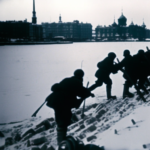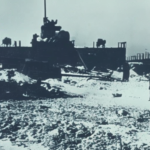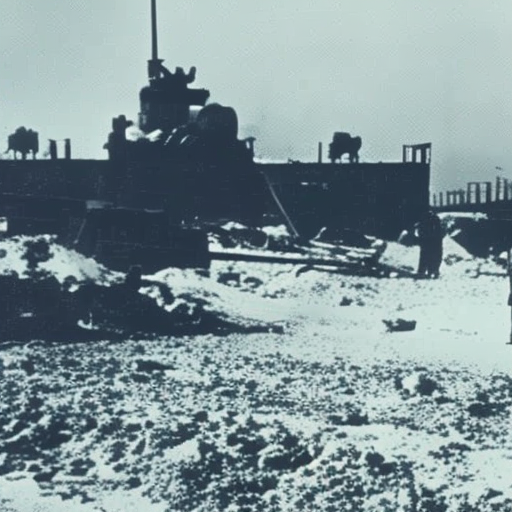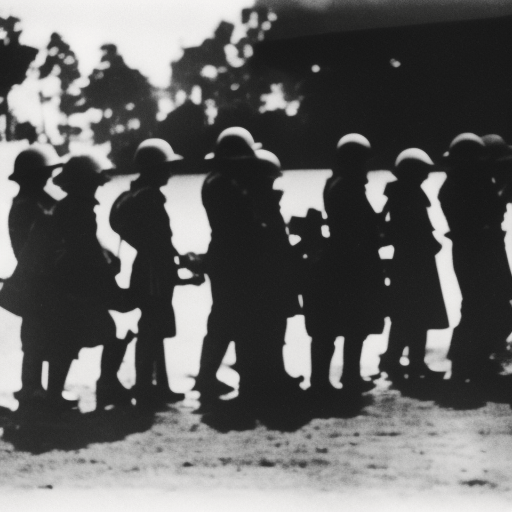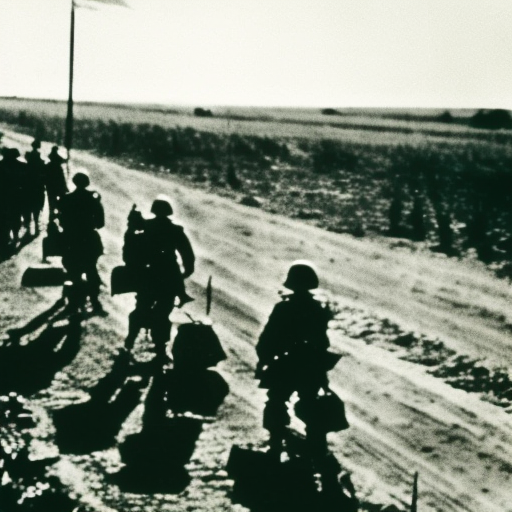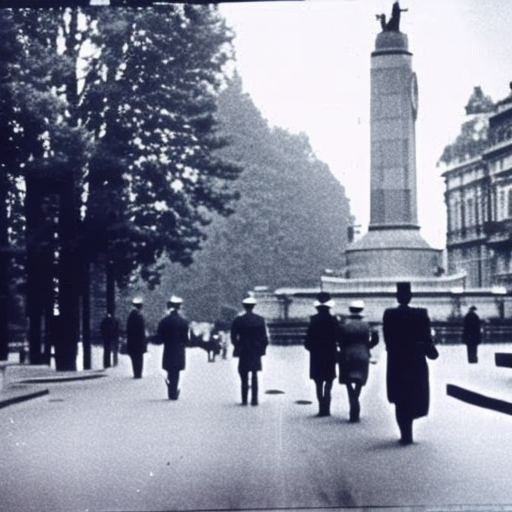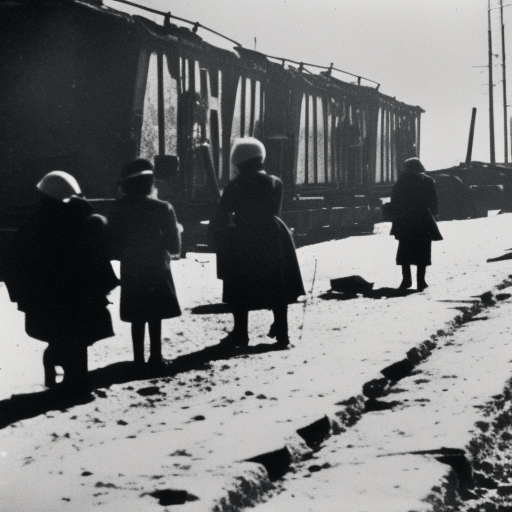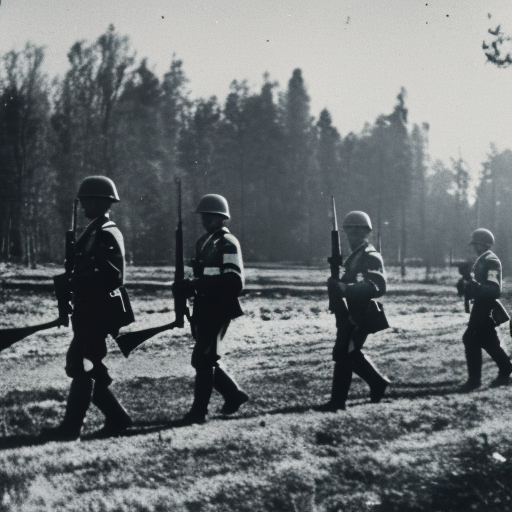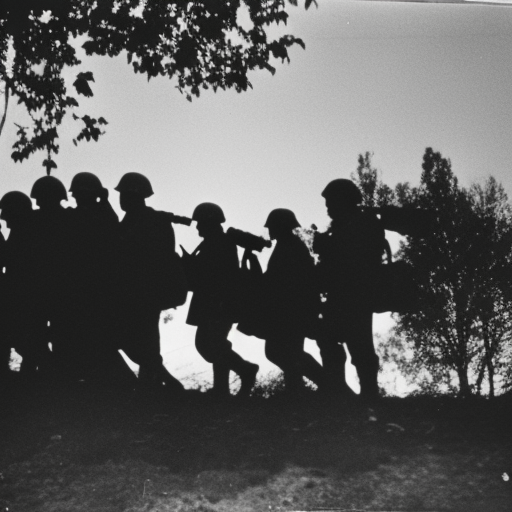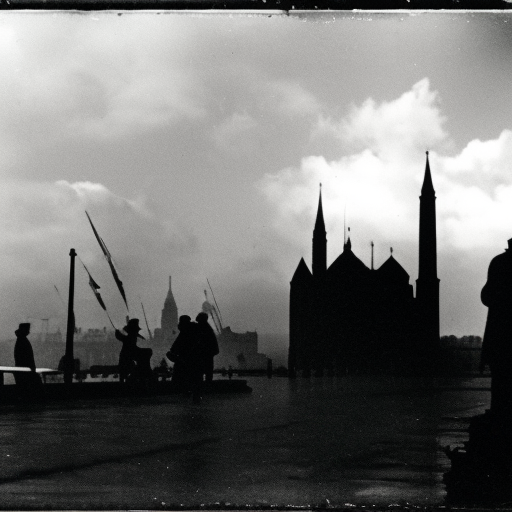The Battle of Stalingrad was a turning point in World War II, resulting in a decisive Soviet victory over Nazi Germany and marking the beginning of Germany’s decline.
World War II (1939-1945) Explained
World War II was a global conflict that lasted from 1939 to 1945, involving major powers and resulting in widespread devastation and the Holocaust.
Second Phase Offensive Explained
The Second Phase Offensive was a military campaign during World War I that aimed to break the stalemate on the Western Front.
Operation Barbarossa Explained
Operation Barbarossa was the code name for Nazi Germany’s invasion of the Soviet Union during World War II.
Battle of the Bulge Explained
The Battle of the Bulge was a major German offensive during World War II that aimed to split the Allied forces in the Ardennes region.
European theatre of World War II Explained
The European theatre of World War II was a major conflict that took place on the continent of Europe between 1939 and 1945, involving numerous countries and resulting in significant devastation and loss of life.
Eastern Front Explained
The Eastern Front was a major theater of World War II, where the Soviet Union and its allies fought against Nazi Germany and its allies.
Great Patriotic War Explained
The Great Patriotic War was the Soviet Union’s struggle against Nazi Germany during World War II.
World War II in Yugoslavia Explained
World War II in Yugoslavia: A complex and brutal conflict marked by resistance movements, ethnic tensions, and foreign invasions.
End of World War II in Europe Explained
The end of World War II in Europe marked the defeat of Nazi Germany and the liberation of occupied territories.
